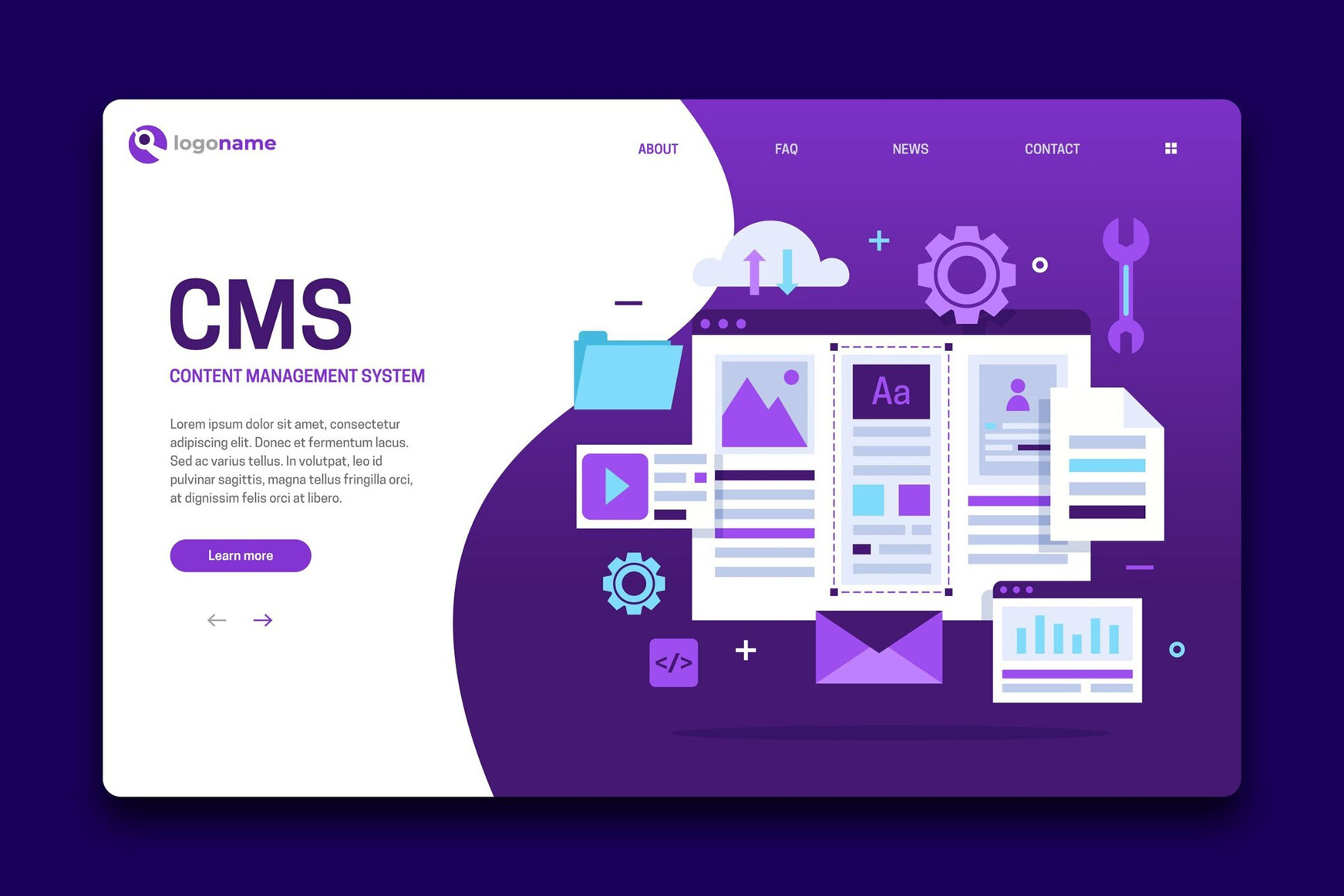Site analytics is an important part of any online strategy. It gives you the ability to understand how people interact with your site, where they come from and what they do when they are there. This data can be used to improve your site, increase traffic and achieve your business goals.
There are many different site analytics tools out there, but some of the most popular and best include:
1. Google Analytics: This is a free tool from Google that offers a wide range of features, including traffic tracking, user behavior analysis, and conversion reporting. Google Analytics is a great choice for website owners of all levels, from beginners to experts.
2. Matomo (Piwik): This is another free site analytics tool that offers many features similar to Google Analytics. Matomo is a good choice for website owners who are concerned about privacy, as it offers the option to host the tool on its own server.
3. Hotjar: This tool focuses on qualitative analytics, giving you records of how users interact with your site. Hotjar can help you see where users are clicking, clicking, and scrolling, which can help you identify usability issues and improve the user experience.
4. Crazy Egg: This tool is similar to Hotjar, but it also offers a number of other features such as heatmaps and A/B testing. Crazy Egg can help you see which elements of your site are the most popular, and test different designs and layouts to see what converts better.
5. Kissmetrics: This tool focuses on user-based analytics, giving you information about who your visitors are, where they’re coming from, and what they’re doing on your site. Kissmetrics can help you segment your visitors and create personalized experiences that can lead to increased conversions.
These are just a few of the many site analytics tools available. The best tool for you will depend on your specific needs and budget.
Here are some tips for choosing a site analytics tool:
- Define your goals. What do you want to learn about your visitors?
- Consider your budget. Some tools are free and others are paid.
- Consider the features. What features are important to you?
- Read reviews. Find out what other users think about the tool.
- Try a free trial. Many tools offer free trials so you can try them before you buy.
Once you’ve chosen a site analytics tool, it’s important to install it and start collecting data. Once you have enough data, you can start analyzing it to learn about your visitors and improve your site.
Remember that site analytics is an ongoing process. You will need to regularly monitor your data and make changes to your site to improve its performance.

